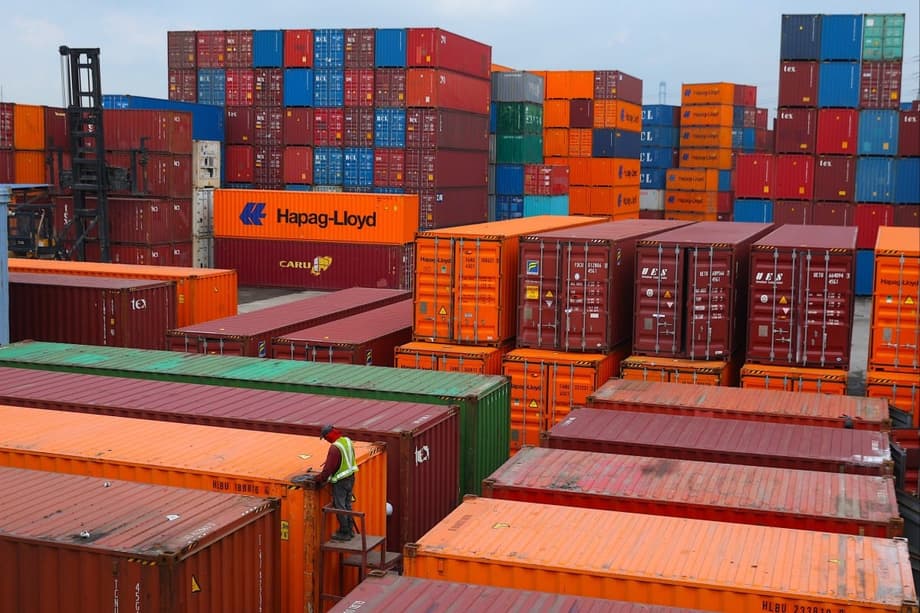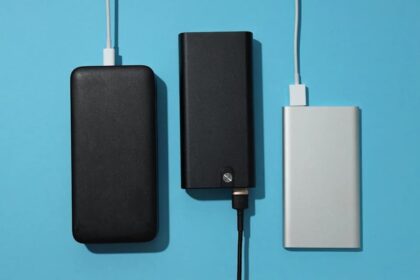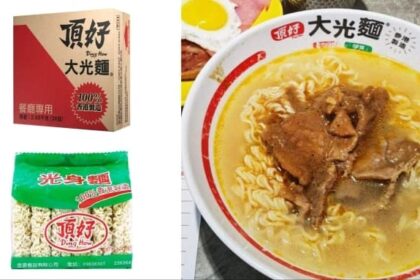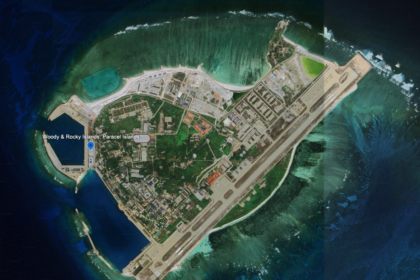Malaysia pivots to new chip partners
Malaysia is moving to broaden its semiconductor partnerships with emerging economies, pursuing a memorandum of cooperation with Brazil and talks with India after a blunt warning from Deputy Investment, Trade and Industry Minister Liew Chin Tong that the United States market may no longer be reliable for Malaysian exporters. The initiative aligns with Kuala Lumpur’s push to diversify markets as trade tensions, tariffs, and new technology export rules reshape demand patterns for chips, servers, and electronics. Officials see it as both an insurance policy and a growth strategy for the nation’s electrical and electronics sector.
- Malaysia pivots to new chip partners
- Why Malaysia is looking beyond the US
- What deals with Brazil and India could cover
- Malaysia’s role in the global chip supply chain
- BRICS, ASEAN, and the remapping of trade
- Risks and constraints for Kuala Lumpur
- What this means for companies
- Scenarios to watch in 2025
- Key Points
The plan fits a broader tilt toward engagement with BRICS economies, a bloc that accounts for about 40 percent of global output and that has been building new trade linkages as countries adjust to US protection policies. By working with Brazil and India, Malaysian leaders are seeking to anchor long term demand for locally assembled and tested chips while opening doors for technology transfer, skills development, and joint ventures. The government has also flagged outreach to African partners to open new markets, signaling a strategic move away from heavy reliance on a single destination.
Malaysia ranks among the world’s key hubs for assembly, packaging, and testing of chips. The industry underpins the country’s electrical and electronics exports and supports global supply chains for autos, industrial equipment, consumer devices, and data centers. That status now faces a test from new US tariffs and evolving export controls on advanced processors, which together could reduce orders or raise compliance burdens for Malaysian companies that serve American customers.
Why Malaysia is looking beyond the US
For decades the US served as both a market and a source of high value semiconductor tools and chips for Malaysia based operations. The new trade landscape is less predictable. Washington has rolled out a sweeping tariff regime on many countries, with published rates including 50 percent on Brazil and 25 percent on Malaysia, while also threatening a 100 percent levy on foreign made semiconductors. At the same time, US authorities are tightening export controls for artificial intelligence processors to curb diversion to embargoed end users. Draft rules would require licenses for shipments of advanced AI chips to countries such as Malaysia and Thailand. Companies face more paperwork, end user checks, and potential delays.
Liew Chin Tong framed the shift in frank terms during a parliamentary session, saying the country must prepare for a world in which the US is no longer a dependable buyer of Malaysian goods.
We have to accept the fact that our dependence on the US as an export destination may one day end.
Tariffs and export controls reshape demand
Under the latest US tariff round, importers pay a tax on goods that can be passed on to consumers, raising costs and encouraging firms to reconfigure supply chains. Some major chipmakers with large US investments may avoid the harshest measures, but smaller suppliers face uncertainty. In parallel, export control frameworks seek to cap or license shipments of AI accelerators and related technologies to a broad set of countries. Regulators have also urged tighter scrutiny of data center rentals and cloud access to ensure advanced compute is not routed to restricted entities. These steps are already changing procurement, with buyers rethinking where to source equipment, locate servers, and assemble systems.
For Malaysia, the message is to diversify demand without losing access to critical US technologies that feed its factories. That balance requires deeper ties across Asia and the Global South while strengthening compliance and traceability for shipments that involve US intellectual property or chips. The pending government agreements with Brazil and India are part of that dual track approach.
What deals with Brazil and India could cover
Officials have described the Brazil agreement as a memorandum of cooperation on semiconductor development. While the text is not public, such accords often include government to government working groups, joint training, research exchanges, and a pathway for private sector projects. In chips, that can mean collaboration across assembly and test, outsourced packaging services, equipment maintenance, materials supply, and reliability standards. Malaysia could share expertise in intermediate chip assembly and advanced packaging, while partners bring market access, design talent, and capital.
Why Brazil
Brazil is Latin America’s largest economy with sizable electronics, automotive, and industrial equipment demand. A secure supply of chips is central to those sectors. With US tariffs on Brazilian goods set at high levels, Brasilia has strong incentives to deepen South South trade and co development. A cooperation pact with Malaysia could speed equipment certification, encourage Brazilian firms to place orders or build joint ventures in Penang, and create channels for Brazilian universities and technical institutes to train with Malaysian plants. The two sides could also coordinate on standards for power electronics and automotive grade chips that are critical for Brazil’s energy transition and vehicle production.
Why India
India has a large base of integrated circuit design engineers and has launched ambitious programs to build onshore fabrication and advanced assembly plants. New investments in assembly and test, along with planned fabs, are expanding the country’s role from design to production. An agreement with Malaysia could pair Indian design houses and tool vendors with Malaysian assembly and testing specialists to deliver faster time to market for global clients. Cross posting engineers, running joint reliability labs, and aligning curricula for chip packaging and test would unlock practical gains. For multinational companies, a Malaysia India corridor offers redundancy across two politically stable, English speaking environments that sit close to major Asian supply routes.
Malaysia’s role in the global chip supply chain
The semiconductor supply chain is split into distinct stages. Design is dominated by firms in the US, Europe, India, and Israel. Fabrication at leading edge nodes is concentrated in Taiwan and South Korea, while a wide set of countries handle mature node production. Assembly, packaging, and testing, often called OSAT, rely on precision equipment and skilled technicians in locations with reliable power and logistics. Malaysia has been a mainstay in OSAT for decades, serving global names across automotive, industrial, and consumer segments. Assembly converts unpackaged wafers into finished chips. Testing validates performance and reliability. Packaging protects chips and enables heat dissipation and interconnects.
In recent years advanced packaging has become a strategic capability because AI and high performance computing rely on complex chiplet designs that combine multiple dies in one package. This creates new opportunities for Malaysia to move up the value chain by hosting more capital intensive packaging lines and reliability centers. At the same time, US export controls on AI accelerators mean Malaysian operations must maintain rigorous end user verification when handling US origin chips or tools. Companies are investing in better tracking, clearer supplier attestations, and internal compliance teams to preserve access to equipment and customers.
BRICS, ASEAN, and the remapping of trade
The pursuit of agreements with Brazil and India reflects a wider realignment. The BRICS grouping, which includes Brazil, Russia, India, China, and South Africa, represents roughly 40 percent of global output. Members have been building new trade and finance channels to reduce exposure to tariff shocks and sanctions. Malaysia is not a member, but it is deepening links to BRICS economies and other developing partners to expand export options.
Across Southeast Asia, manufacturing heavy economies are recalibrating to US tariffs and export controls. Governments are courting alternative markets and promoting more intraregional trade in components and finished goods. Kuala Lumpur’s outreach includes closer ties with South Asian partners and a planned visit to African capitals to open doors for electronics and technology cooperation. The goal is a broader network of buyers and suppliers that can sustain demand if a single market becomes less accessible.
Risks and constraints for Kuala Lumpur
The diversification push carries risks. If Malaysia is seen as a transit point for restricted AI chips, it could face tighter controls from Washington that would hamper access to advanced tools and processors. If it is seen in Beijing as aligning too closely with US enforcement, it could face informal pressure that complicates investment decisions by Chinese firms. Policymakers will try to avoid both outcomes by tightening compliance, increasing transparency, and demonstrating that Malaysian hosted compute and chip flows are properly supervised.
Market volatility adds another challenge. With tariff schedules now set on a country by country basis, pricing and sourcing can swing with political negotiations. After months of uncertainty, some economists see a degree of clarity in the latest US tariff announcements, even if rates are high. Bert Hofman of the National University of Singapore said the finalization of the tariff package allows analysts and firms to map out the impact and plan responses.
This is supposed to be it. Now you can start to analyse the impact of the tariffs.
Domestic constraints also matter. Advanced packaging lines and reliability labs need skilled technicians, engineers, and steady utilities. The government and industry will need to expand training programs, speed permits for power and water upgrades, and ensure logistics hubs keep pace with growth. Success would support higher value roles and position Malaysia as a preferred location for complex chip packaging and testing.
What this means for companies
For chip makers, electronics firms, and data center operators, the Malaysia Brazil India track signals new commercial options alongside fresh compliance duties. Companies that plan early can lock in supply, reduce tariff exposure, and preserve access to US technologies.
Practical steps
- Map critical components and second source from Brazil, India, and ASEAN suppliers where feasible.
- Invest in end user verification, inventory tracking, and audit trails for equipment and chip flows that touch US technology.
- Explore joint ventures that pair Indian design talent with Malaysian assembly and test to speed product qualification.
- Build local teams for standards, reliability testing, and packaging development to capture higher value work.
- Segment product lines by market, separating items destined for the US or controlled markets from those serving BRICS and Global South customers.
- Engage early with Malaysian and Indian agencies on permits, training programs, and incentives for equipment imports and lab setup.
Scenarios to watch in 2025
Several developments will shape outcomes this year. The exact text and scope of the Malaysia Brazil memorandum will indicate how quickly projects can move from paper to plant. The contours of a Malaysia India accord will show whether joint programs extend beyond chips into broader digital industries. US export rules for AI processors are still evolving. The final license thresholds and any validated end user pathways will determine how easily Malaysian factories can continue to handle sensitive components. Any US decision to impose or exempt a 100 percent tariff on foreign made chips will ripple across pricing and sourcing. Finally, whether multinational companies commit new packaging and design investments to Penang or to alternative hubs will reveal where firms see the best mix of cost, compliance, and market access.
Key Points
- Malaysia plans a semiconductor cooperation pact with Brazil and is pursuing a similar deal with India to diversify markets.
- Deputy Minister Liew Chin Tong warned that dependence on the US as an export destination may end, urging a search for new partners.
- US tariffs now cover many partners, with rates such as 50 percent on Brazil and 25 percent on Malaysia, and a threat of a 100 percent levy on foreign made chips.
- US export controls for AI chips are tightening, with proposed licensing for shipments to countries including Malaysia and Thailand.
- Malaysia remains a key global hub for assembly, packaging, and testing, and aims to move up the value chain in advanced packaging.
- BRICS economies account for about 40 percent of global output, and Malaysia is building ties with these markets and other developing countries.
- New agreements could link Malaysia’s assembly strength with India’s design talent and Brazil’s market and industrial needs.
- Compliance, end user checks, and transparent chip flows are essential to maintain access to US technologies while expanding to new markets.












